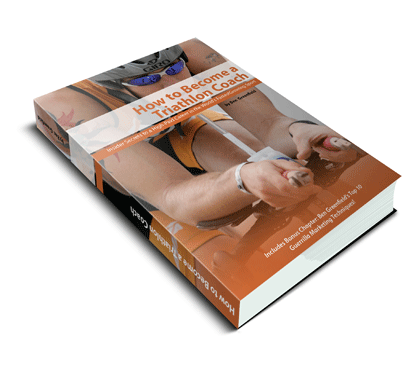As you read through this series, remember that the goal is to give you basics of a simple way to teach your personal training clients about nutrition – and it is not meant to be a complete primer or university equivalent of Nutrition 101!
This means that you feel free to put your own spin on the information if you want to add more for your class. For example, if you’re into more plant-based protein sources, tell your clients about hemp can and flax seeds, quinoa, nuts and rice protein. If you are more a paleo-type, introduce them to healthy beef jerky, lamb, or cold-water fish. You can also include discussions about omega-3 eggs, greek yogurt, whey protein and other dairy based sources.
Speaking of omega-3’s, this article is going to cover the essentials of fat!
As you know, fat has gotten a bad rap for most of this century, being blamed for everything from cardiovascular risk to obesity to chronic disease. In reality, fat is enormously important for health and performance, and contributes to hormone production, joint lubrication, cell membrane formation, and much more. The culprit for our calorically derived health issues is a lack of self-control and eating too much – not the presence of fat consumption, which has actually decreased as our diet related woes have increased (for more on this, see this article: http://pacificfit.net/newsletters/newsletter16.html )
The trick is to choose the fats that are actually healthy and can be readily utilized by the body as an energy source during exercise. Here are the fats too look for:
1) monounsaturated fats or “MUFA’s”, which can be found in an enormous range of foods, including (just name a few of these for your clients so you don’t “feed them through the firehose”):
Wheat Germ Sunflower Seeds Italian Salad Dressing (Olive Oil + Balsamic) Oils: Poppyseed, Safflower, Grapeseed Sesame Seeds Almonds Walnut Filberts/Hazelnuts Salmon Sardine & Herring Oil Fortified Cereals Rice & Wheat Bran Macadamia Nuts Olives Cashews Natural Peanut Butter Poppyseeds Pumpkin Seeds Buckwheat Flour Lima Beans Brazil Nuts Wild Rice Pine Nuts Banana Chips Pecans Anchovies Flax Seed Oil Spirulina Seaweed Soybeans Prunes Pea Pods Leeks Shellfish Garbanzo Beans Chickpeas Avocado Guacamole
2) Medium Chain Triglycerides, or MCT’s, which are found in abundance in coconut foods, such as coconut milk and coconut oil; and 3) healthy saturated fats (in moderation), such as omega-3 eggs, unsalted butter and organic beef, bison or buffalo.
In addition to including the 3 sources above to form about 25-30% of your dietary intake, it is important to increase your ratio of healthy omega 3’s to omega 6’s by supplementing with a fish oil or flax seed oil capsule.
Prior to training sessions and workouts, fats, like proteins, should be tapered and reduced, and instead should be used within the main meals of the day, rather than being relied on as workout fuel. The only exception to this rule are medium chain triglycerides, which can be tolerated without gastrointestinal distress by some individuals, who can rely on them for long term sources of energy during multi-hour workouts.
To avoid weight gain, formation of free radicals, and other debilitating chronic issues, you should avoid the wrong types of fats, which are typically processed, preserved, chemically modified, or exposed to high pressures and temperatures during production. These fats include the following:
Trans Fats
Shortening
French fries
Cookies
Pastries, muffins, scones, biscotti
Soup mixes
Potato chips
Doughnuts
Frozen foods
Packaged crackers and snacks
Most fast food
Peanut butter (non-stir)
Cream cheese
Margarine
Polyunsaturated Fats
Corn based oils
Sunflower oil
Sesame oil
Soybean oil
Safflower oil
Canola oil
This is not to say that every now and again you grab a bag of soybean oil soaked vegetable chips from the health food store, or get a bowl of vegetable stir-fry sautéed in sesame oil, but these should be exceptions to the rule, and if these type of foods are staples in your diet, you’re doing yourself a health and performance disservice.
Finally, here’s a practical take-away tip: a typical day of healthy fat eating might include a tablespoon of almond butter and a couple fish oil capsules with breakfast, extra-virgin olive oil and avocadoes on a lunch salad, a handful of cashews in the afternoon, and a small filet of salmon with dinner. See how easy it is to eat fat and still eat healthy?
In part 4, we’ll be discussing water and hydration. Until then, have a healthy week and enjoy teaching your personal training clients more about nutrition!




